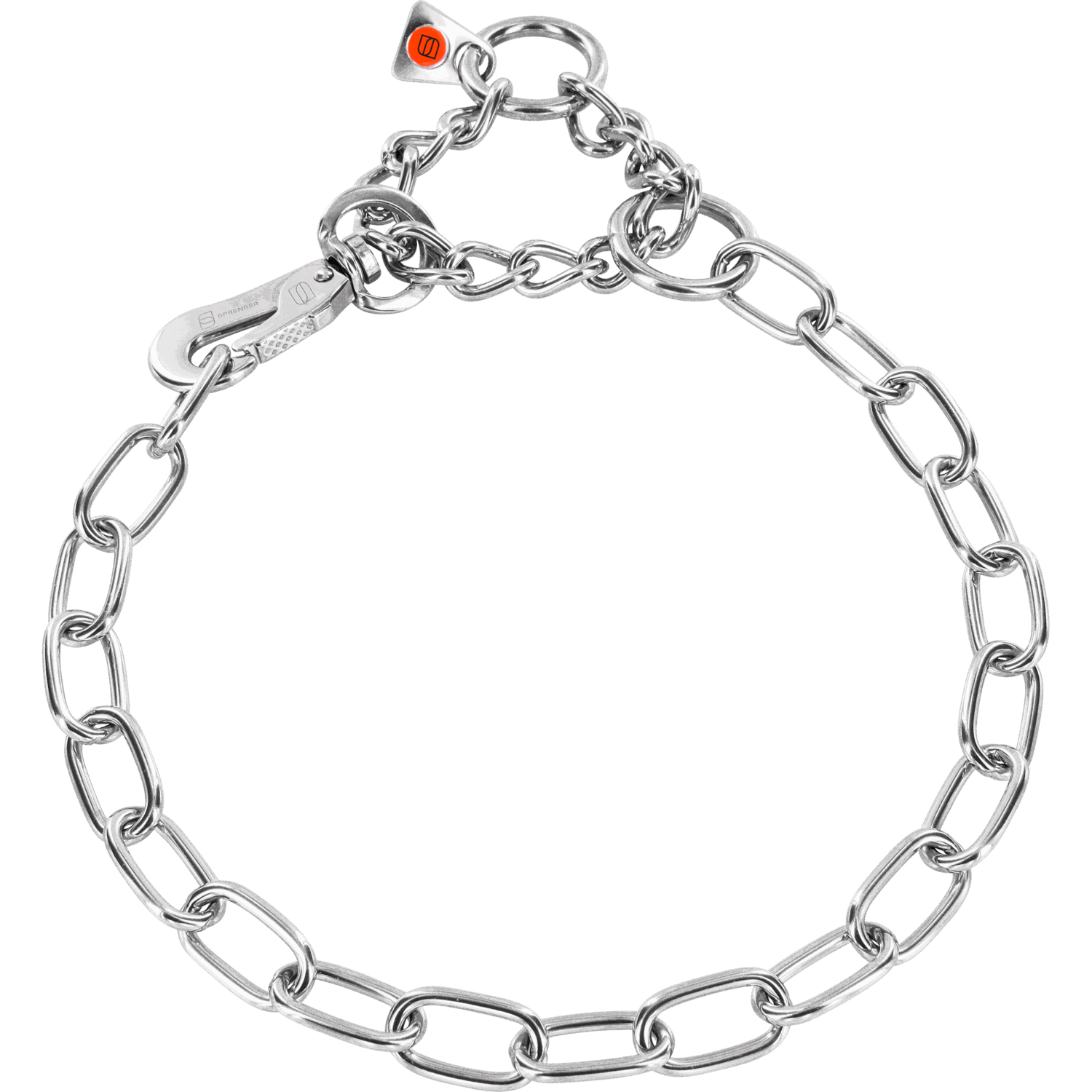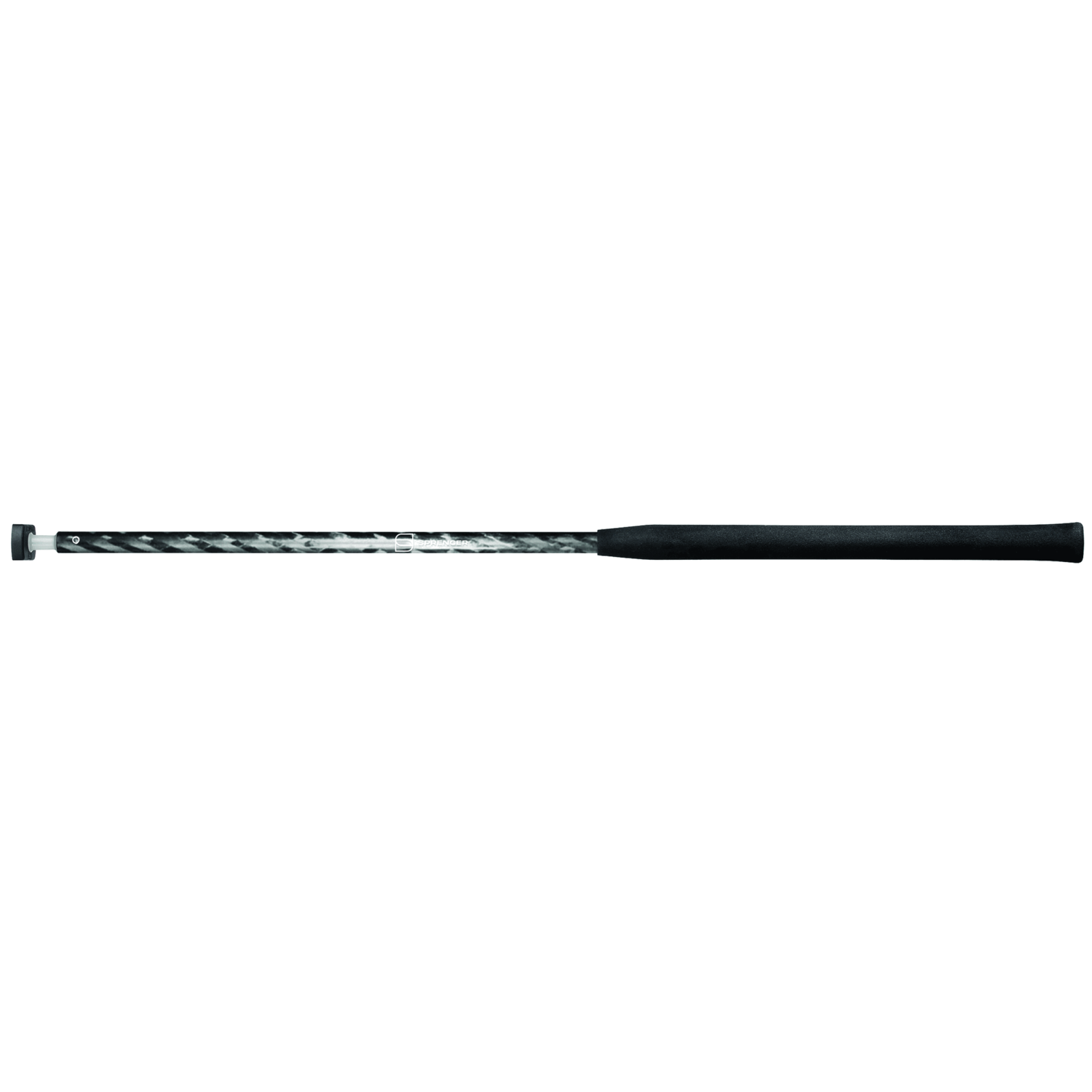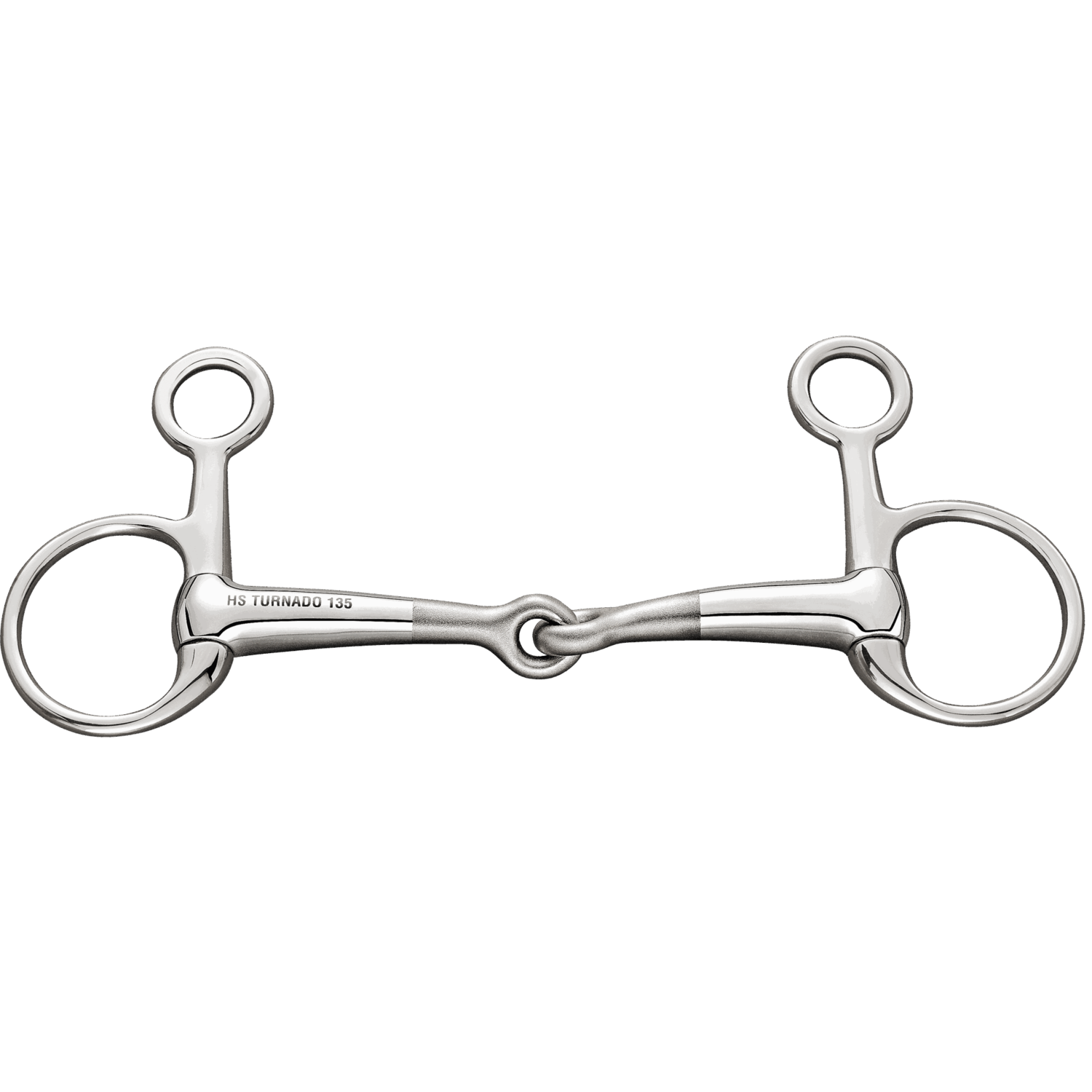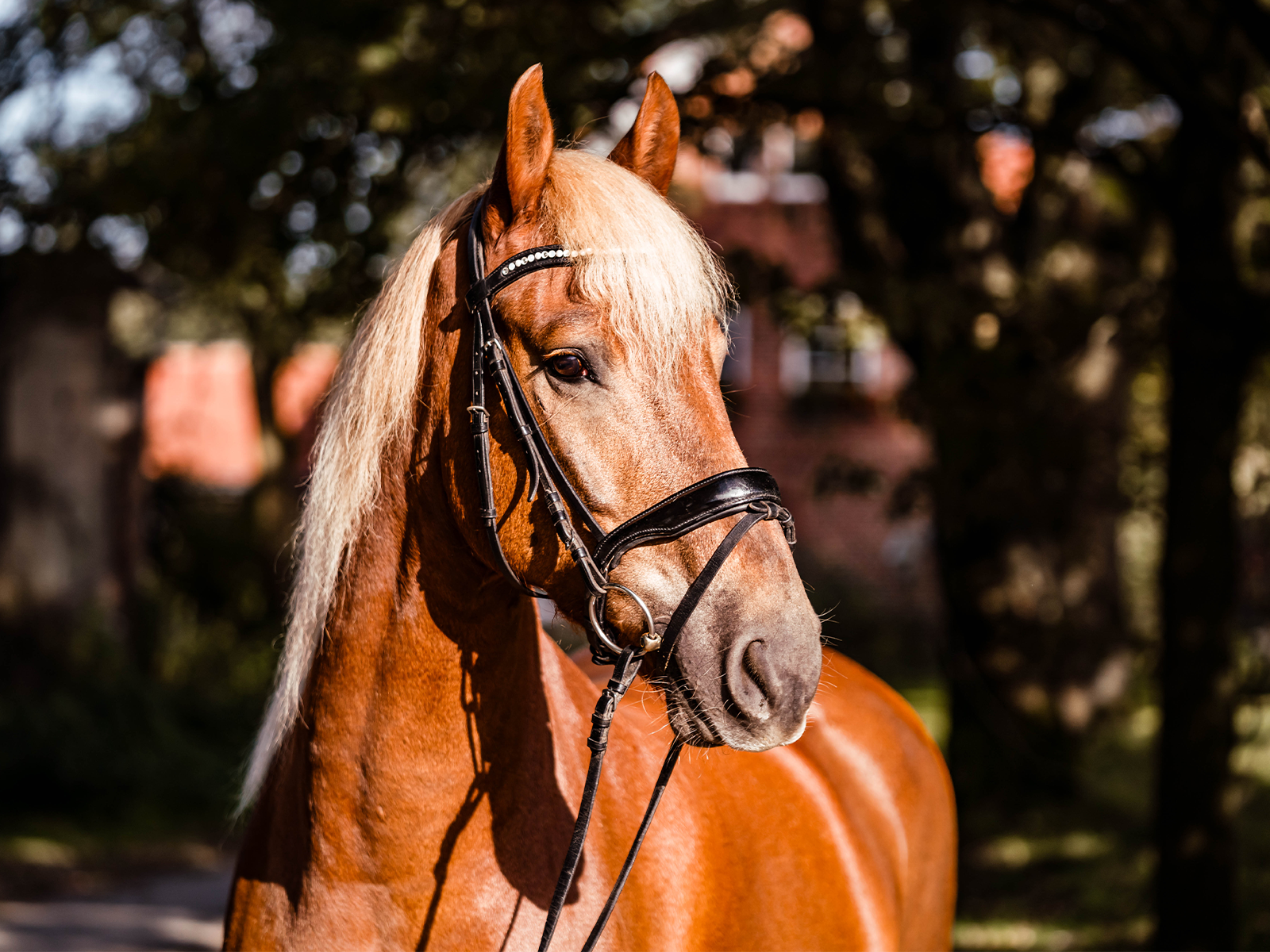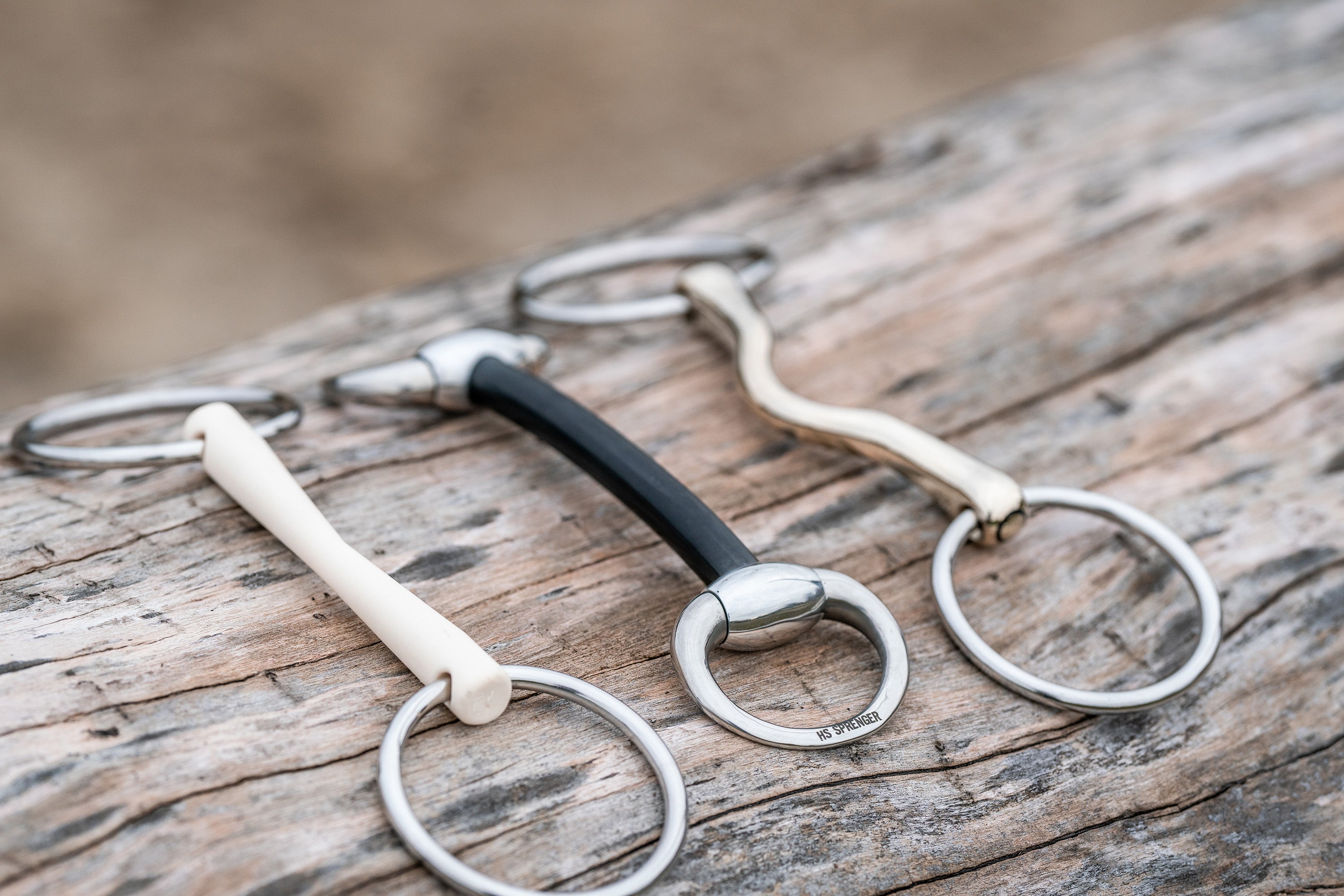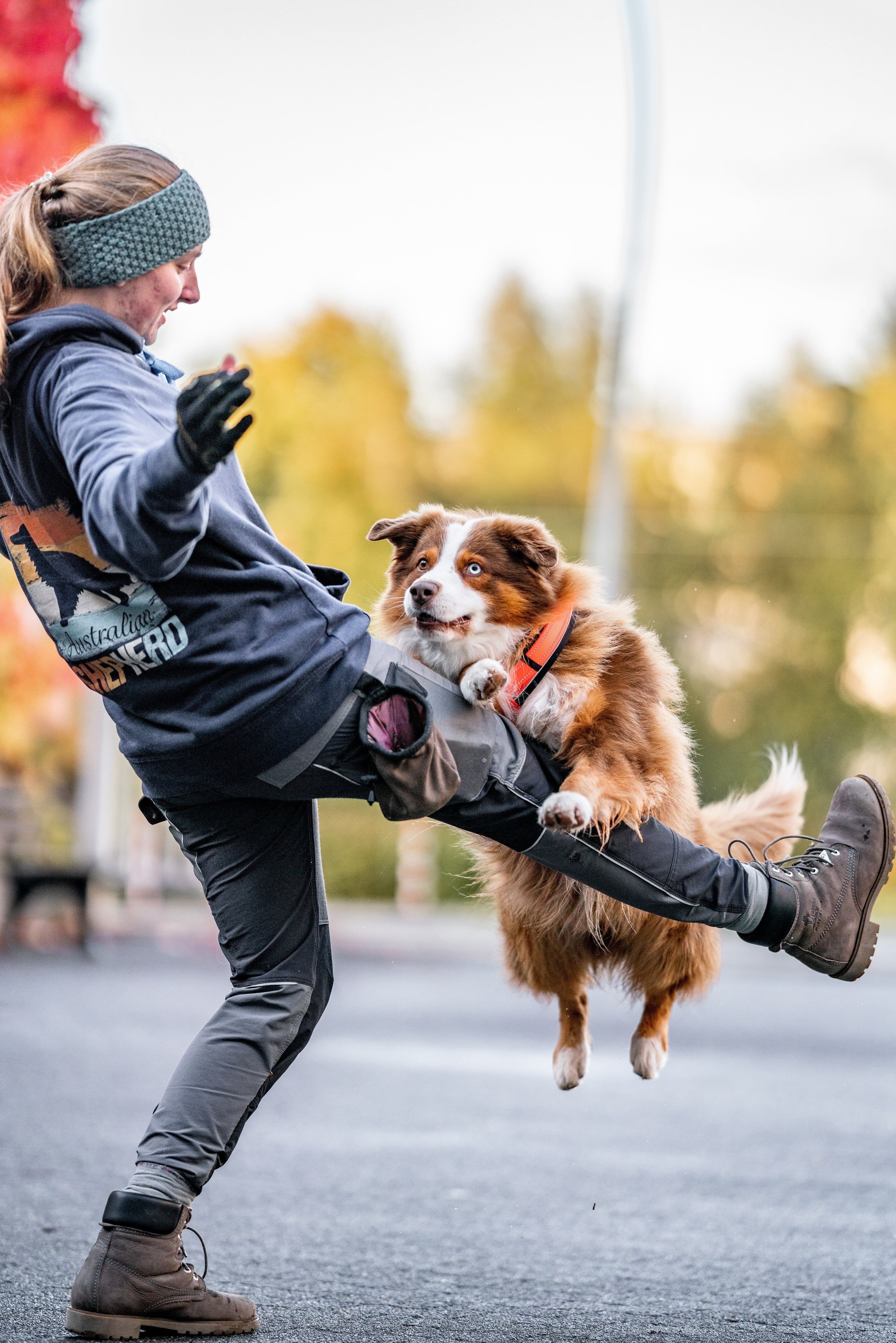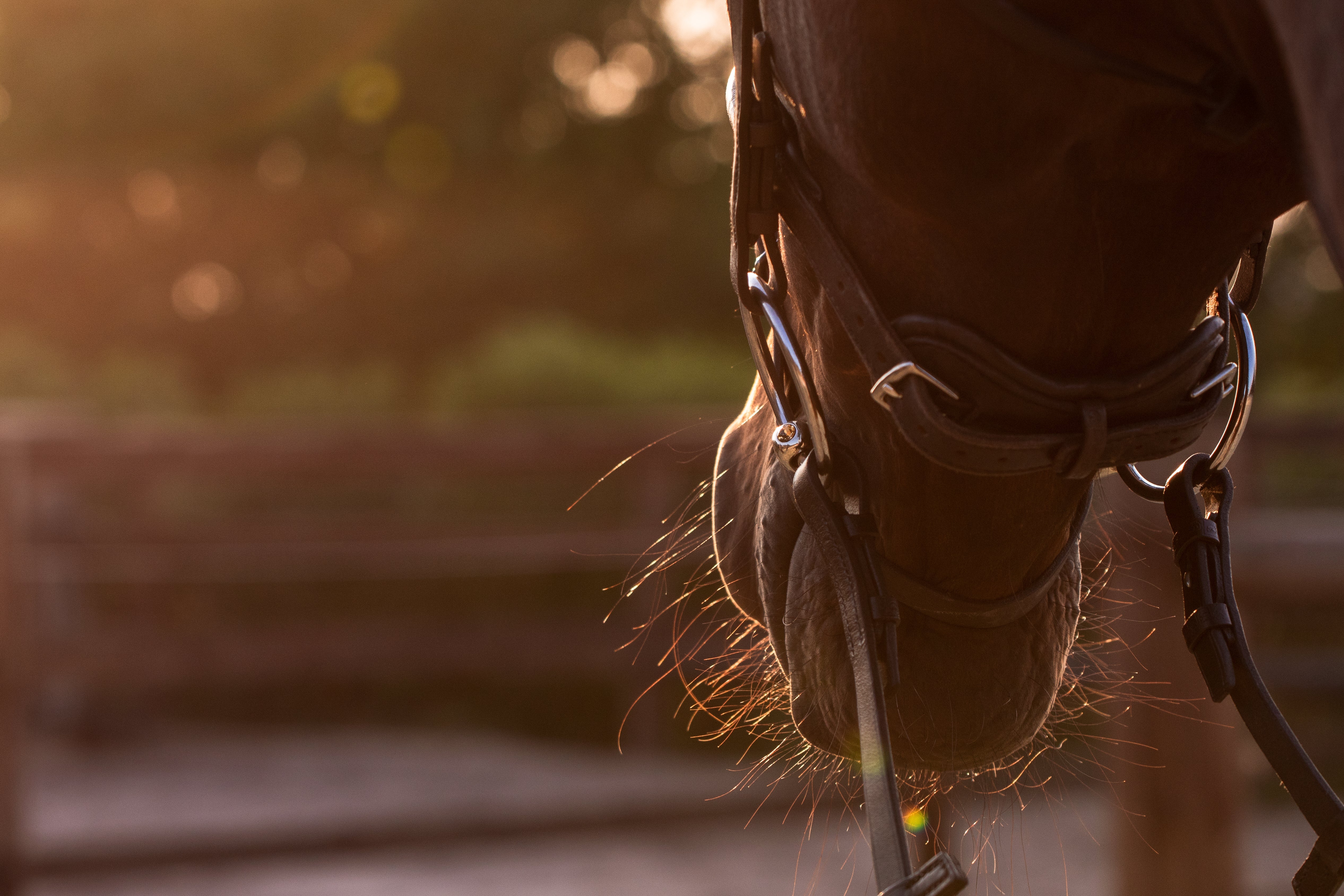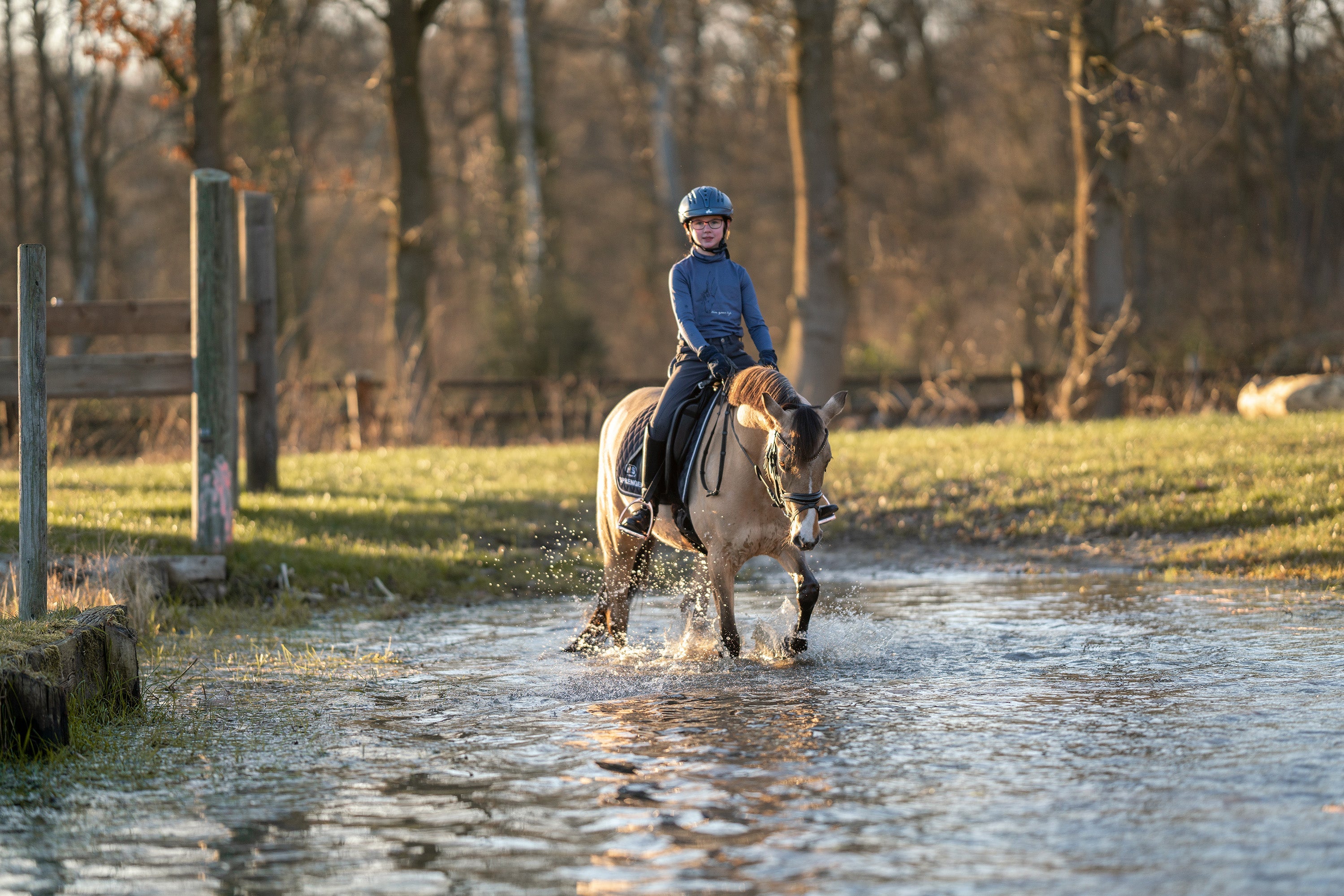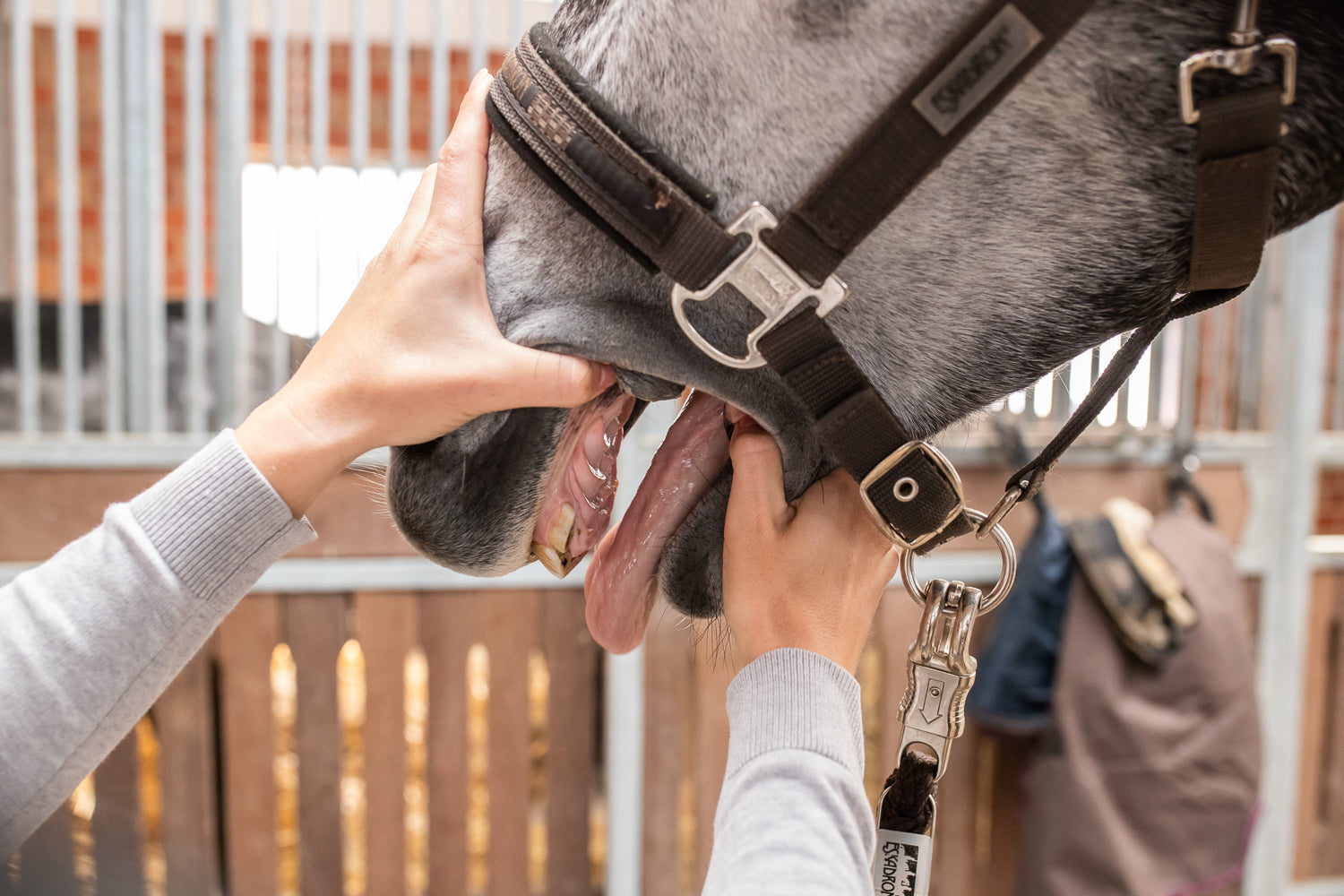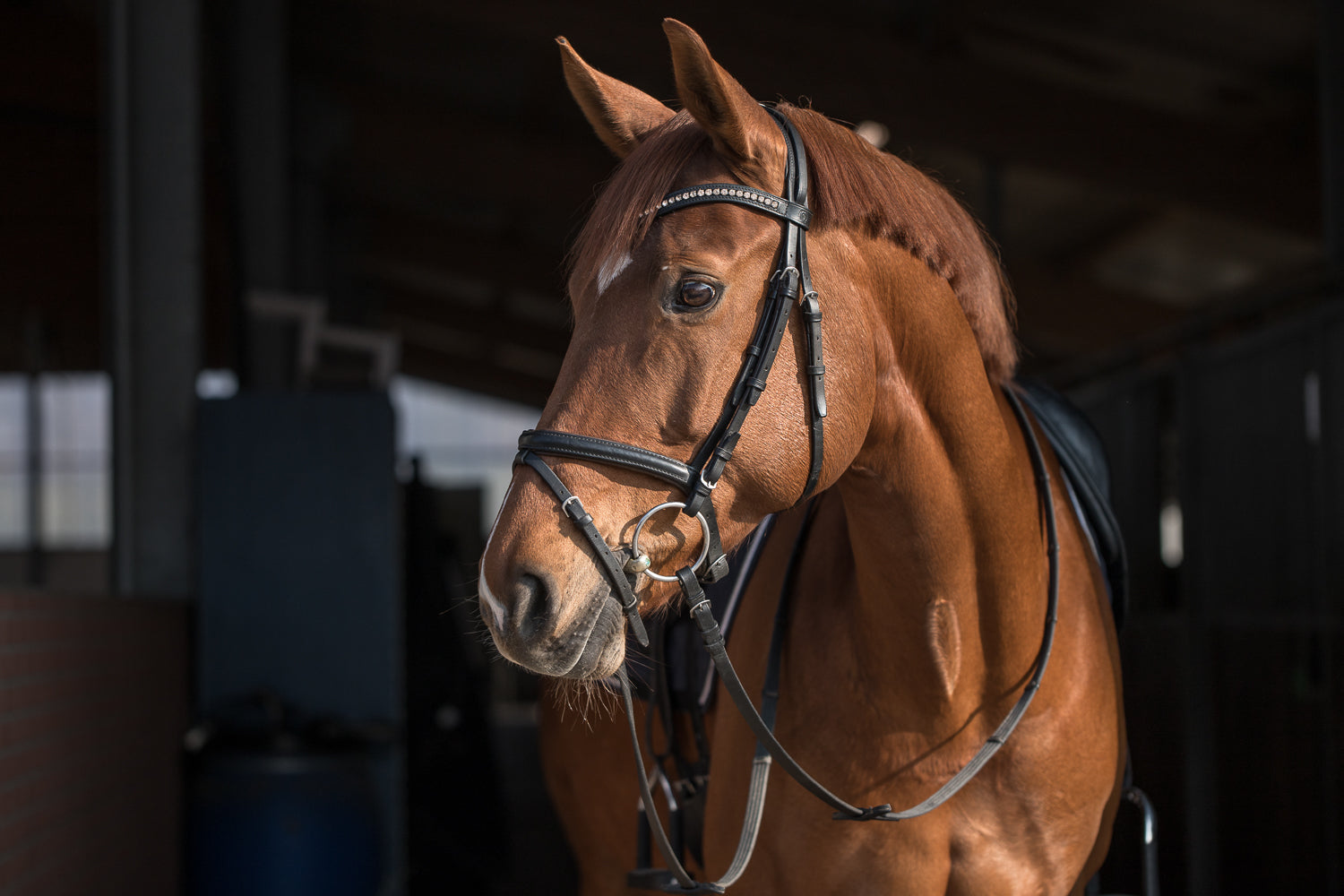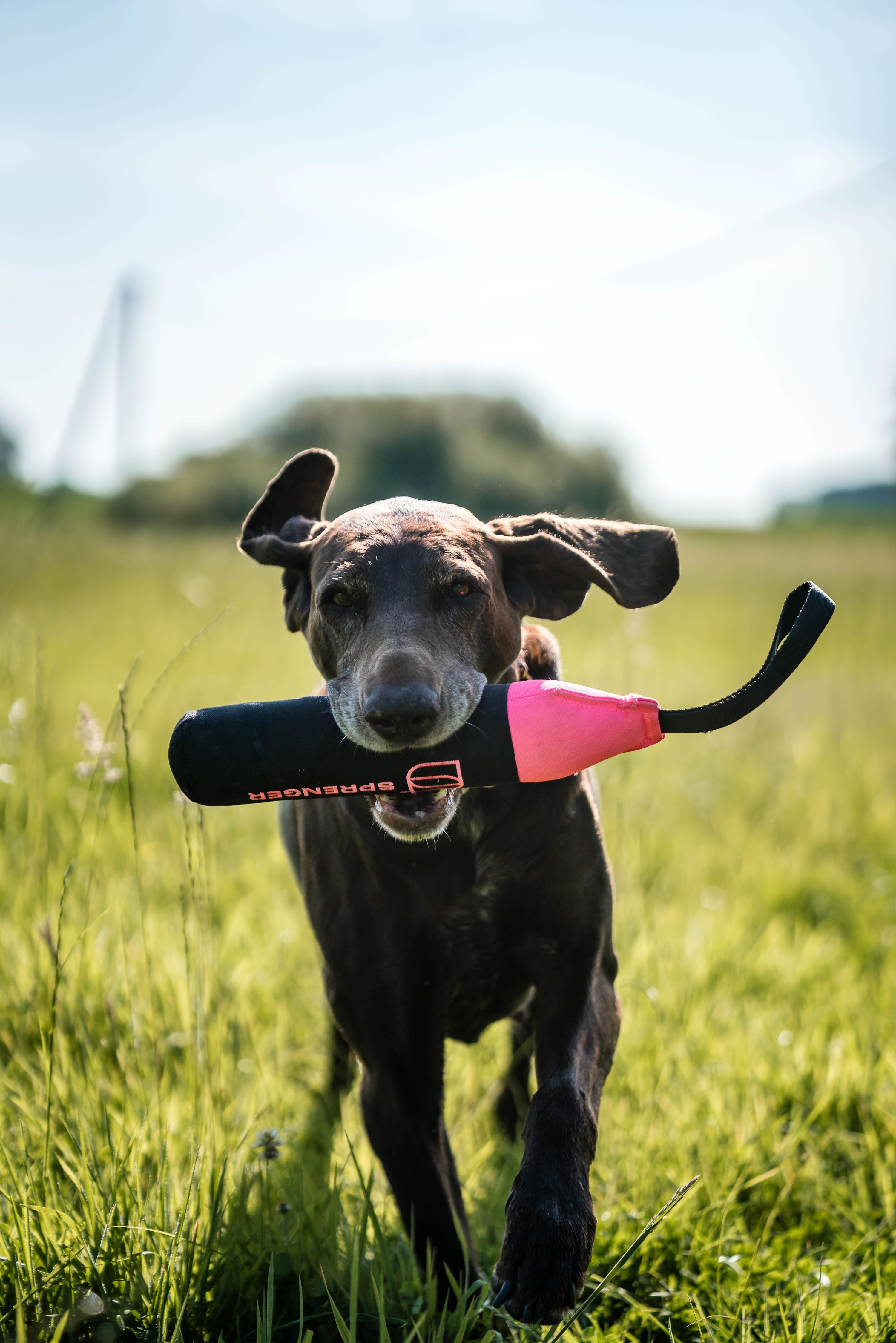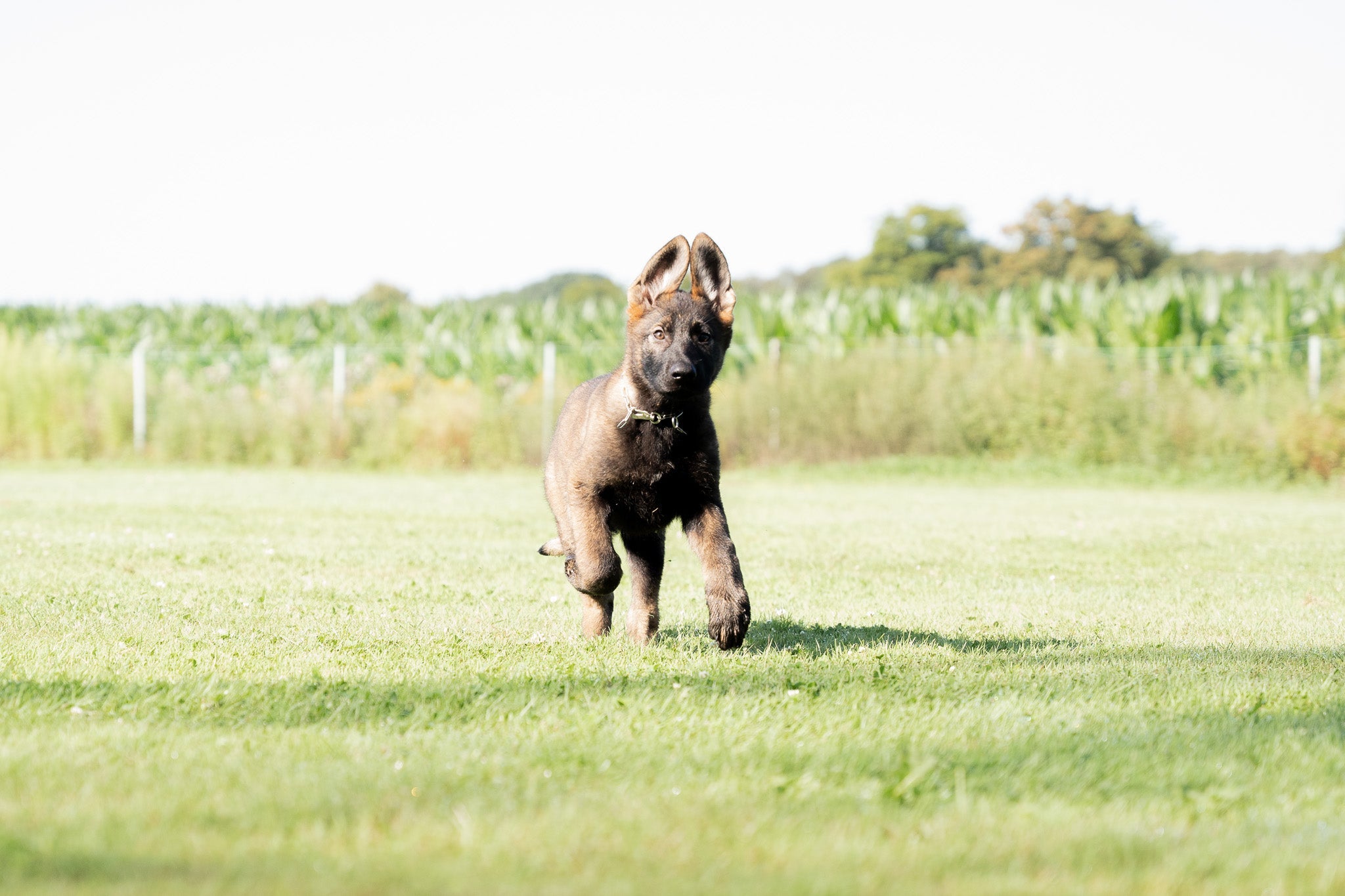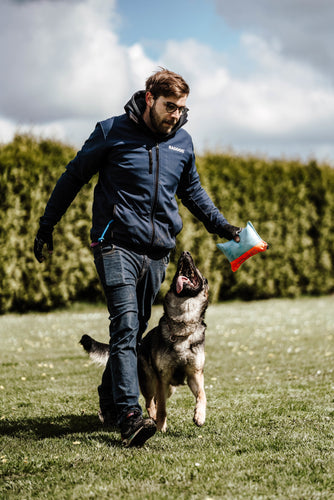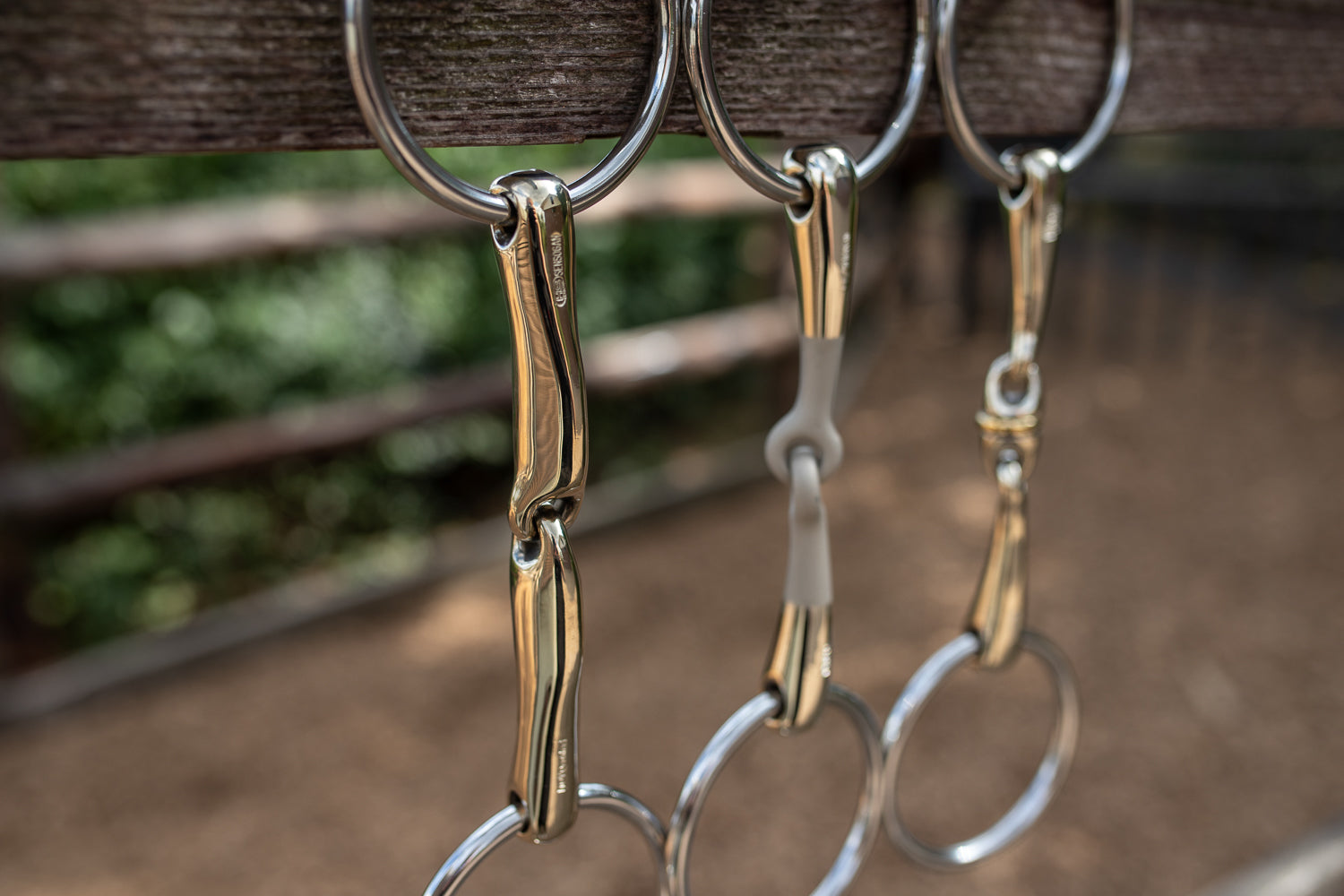
Baucher bit - advantages and possible uses
The Baucher bit, also known as the Fillis or B-ring bit, is a popular type of bit that has a special effect in the horse's mouth thanks to its special side pieces and buckling. The Baucher bits are particularly popular in the Iberian and Baroque riding styles and are also increasingly appreciated in the English riding style. In this article, we take a closer look at the characteristics, advantages and effect as well as the different variants of this bit.
Steady position and precise action
The Baucher bit is characterized by its firm buckling, which means that it lies particularly quietly in the horse's mouth. Unlike a snaffle with loose rings, it does not sag downwards and hardly moves, even when the horse chews. This means that it cannot be pushed so easily towards the incisors, which is particularly advantageous for horses with a short mouth. Due to the stable side pieces, which are fixed to the cheek piece, it also offers a sideways action, which can prove helpful when turning and thus additionally supports the horse.
Steady position and precise action
The Baucher bit is characterized by its firm buckling, which means that it lies particularly quietly in the horse's mouth. Unlike a snaffle with loose rings, it does not sag downwards and hardly moves, even when the horse chews. This means that it cannot be pushed so easily towards the incisors, which is particularly advantageous for horses with a short mouth. Due to the stable side pieces, which are fixed to the cheek piece, it also offers a sideways action, which can prove helpful when turning and thus additionally supports the horse.
The B-shaped side pieces of the Baucher bit or B-ring bit lie close to the corners of the mouth and offer additional lateral support. A good choice for horses that tend to fall out out over the outside shoulder when turning. As with all bits with fixed side pieces, care should be taken when choosing the right bit size to ensure that the side pieces are close to the corner of the mouth in order to be able to develop their lateral limitation. In general, therefore, one size smaller is selected than for a snaffle with loose rings. You can find out more about the right bit size in the article 'How to find the right bit'.
No leverage despite a tight fit
Contrary to popular belief, the Baucher bit has no leverage. Although it has a top shank to which the cheekpiece of the bridle is attached, it lacks a lower shank, which would be necessary to create a leverage effect. In order to exert pressure on the poll, a counter point, such as a curb chain, would also be required. When the reins are picked up, the pressure is transferred directly through the close position on the tongue without exerting additional pressure on the poll.
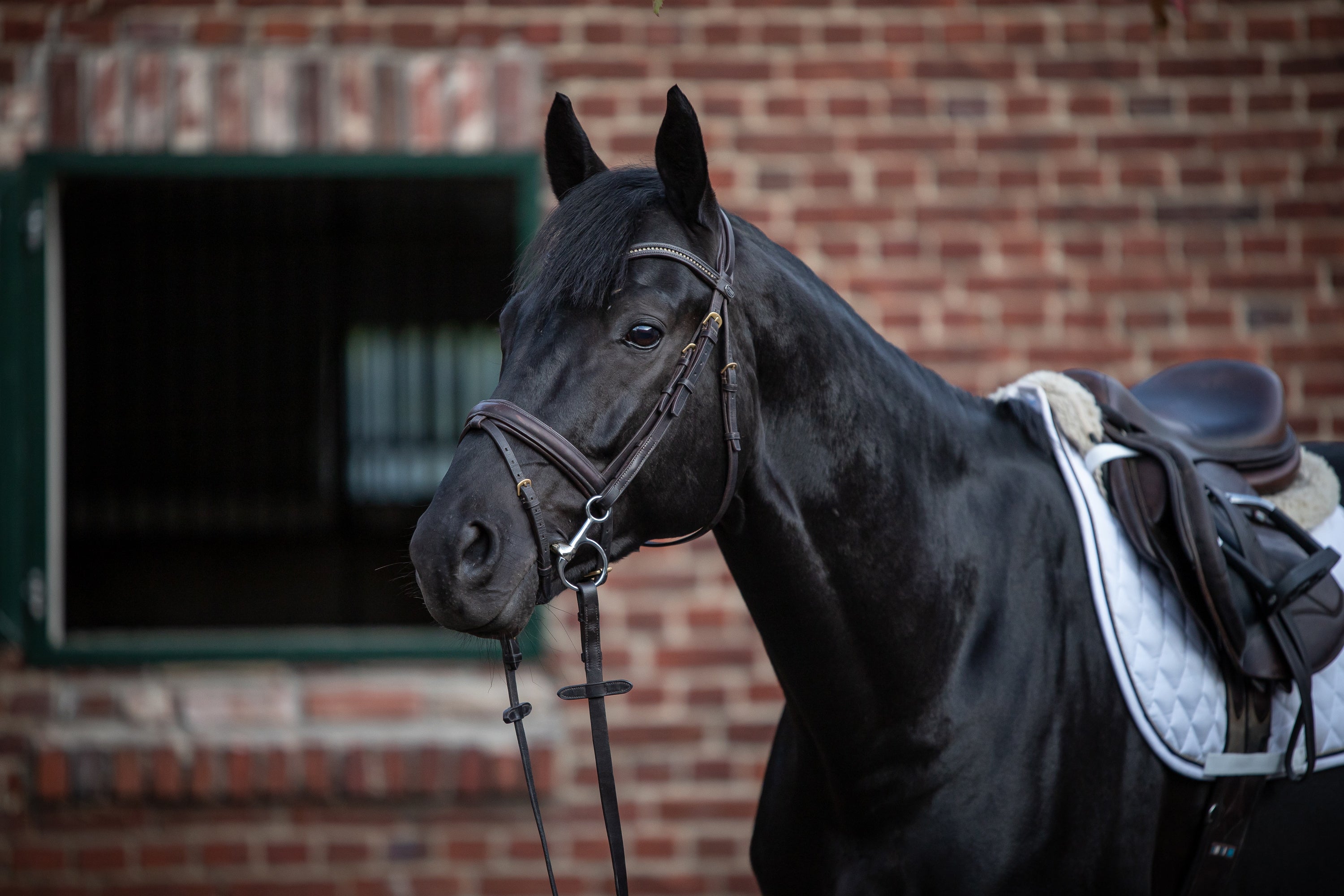
Variants of the Baucher bit: broken and bar versions
Baucher bits are available with single and double jointed mouthpieces as well as mullen mouths.
Baucher double jointed bit: This variant distributes the pressure on the tongue and bars more evenly and is particularly suitable for horses that react sensitively to punctual pressure, as the two joints allow the bit to adapt perfectly to the shape of the mouth.
Single jointed Baucher bit: : In this version, the pressure is focused more strongly on the bars and the middle of the tongue is relieved. It is ideal for horses that want to avoid pressure on the middle of the tongue.
Baucher mullen mouth: The mullen mouth has a continuous mouthpiece that distributes the pressure evenly over the entire tongue. This variant can provide more calmness for horses that are sensitive to movements in the mouthpiece.
Current trend: Baucher mullen mouth as a particularly gentle bit
There is currently a lot of talk on social media that the Baucher bit with mullen mouth is particularly horse-friendly and soft. This is not generally true. The steady position of the Baucher bit is perceived as pleasant by many horses, but at the same time the aids reach the horse's mouth more directly and quickly and require a calm and practiced rider's hand.
It is also not necessarily true that a mullen mouth is considered a “soft” bit. Mullen mouth bits exert an even and constant pressure on the tongue (even when the reins are held loose). One-sided aids and the development of flexion and bend are hardly possible with them, as the bit would otherwise quickly jam. This means that mullen mouth bits are less suitable for dressage in general and require the horse to respond sufficiently well to leg and weight aids.
The Baucher bit (with a single or double jointed mouthpiece or with a mullen mouth) clearly has its advantages, but should not be used across the board, especially for beginners or young horses, you should consider whether there are better options. Our article 'How to find the right bit' will help you to find the best solution for you and your horse.
When is a Baucher bit suitable?
The Baucher bit is particularly suitable for horses that are sensitive to restless bits or have a short mouth. It offers gentle support when riding turns and is a good choice for horses that tend to break away over the outer shoulder when turning. This bit can be particularly useful in dressage work or classical horsemanship, where precise aids are important, but it also cuts a fine figure in the show jumping course.

Sprenger Baucher bits
In our range you will currently find 2 different Baucher bits: the TURNADO Fillistrense and the KK ULTRA Fillistrense. You have the choice between a single-jointed or a double-jointed mouthpiece.
Turnado Fillistrense
The special feature of this Baucher bit is the single-jointed mouthpiece with a joint that is turned forwards by 45°. Due to the manufacturing process, the bit shanks of single jointed bits are not the same length and therefore have an uneven contact surface. To avoid this, we have tilted the joint of all our TURNADO bits forwards by 45°, thus creating an even contact surface on the tongue and at the same time preventing the so-called nutcracker effect, where the joint of the TURNADO bits moves forwards, where there is plenty of space in the horse's mouth.
KK Ultra Fillistrense
The Baucher bit from the KK Ultra bit range also has a special feature: the lozenge of the double jointed mouthpiece has been shortened and angled forwards by 45°. This means that the middle link lies snugly on the tongue and does not cause any pressure towards the palate or the bars. In addition, all our double jointed bits in the KK Ultra series are made of SENSOGAN. This copper alloy promotes chewing and has a positive effect on the acceptance of the bit and your four-legged friend's willingness to perform.
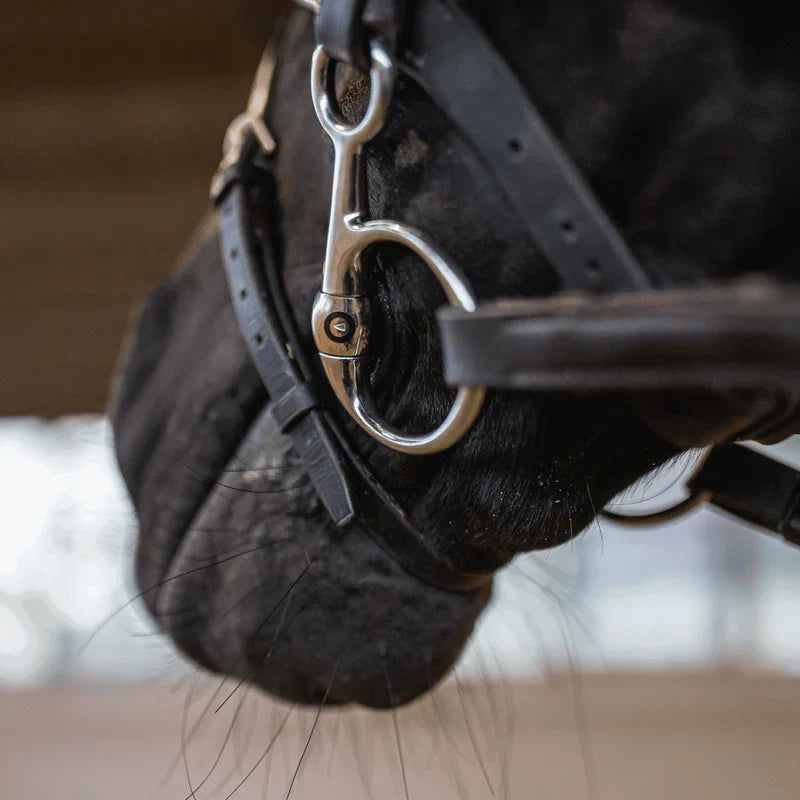
Take Home Message: Baucher bit for targeted action without leverage
In summary, the Baucher bit offers a steady position in the horse's mouth and a precise effect without exerting any leverage. The different variants, from jointed mouthpieces to mullen mouths, allow adaptation to the individual needs of horse and rider. Horses with short mouths or those that react sensitively to unsteady bits in particular benefit from the properties of the Baucher bit. The Fillis bit and the B-ring bit also offer additional lateral support, which can be an advantage in daily work and for special riding styles.






